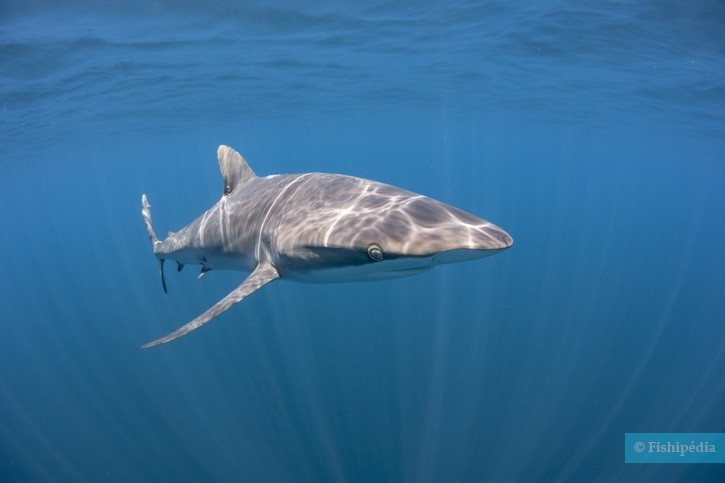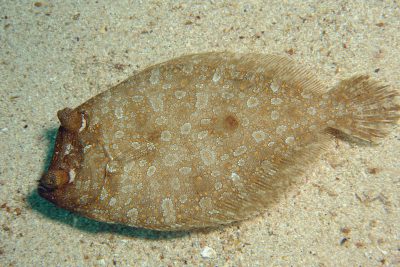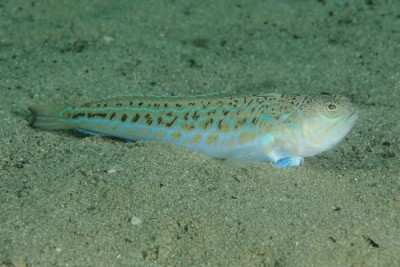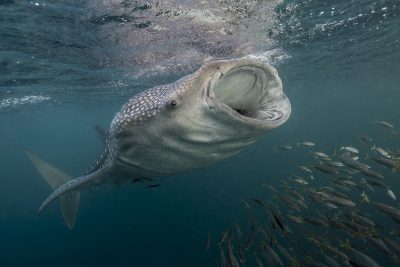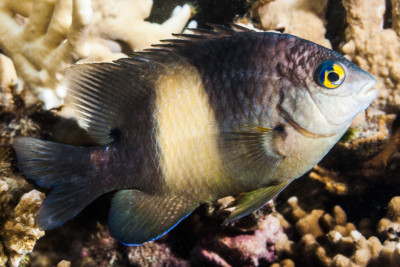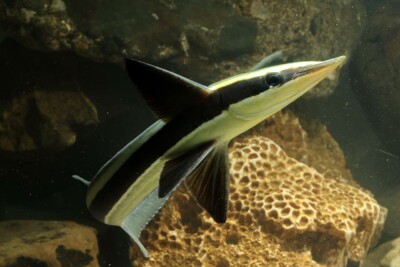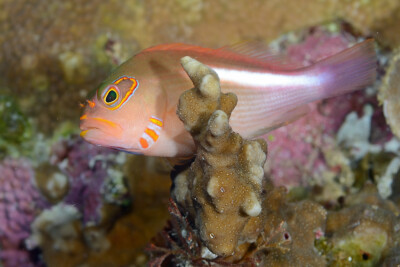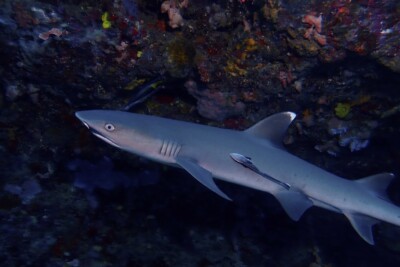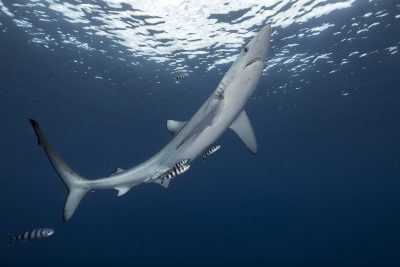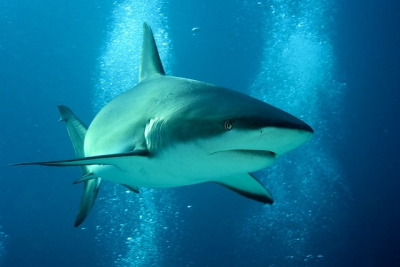silky shark
| Scientific name | Carcharhinus falciformis |
|---|---|
| Descriptor | Müller & Henle |
| Year of description | 1839 |
| IUCN category (World) | VU |
| Family | Carcharhinidae |
| Genus | Carcharhinus |
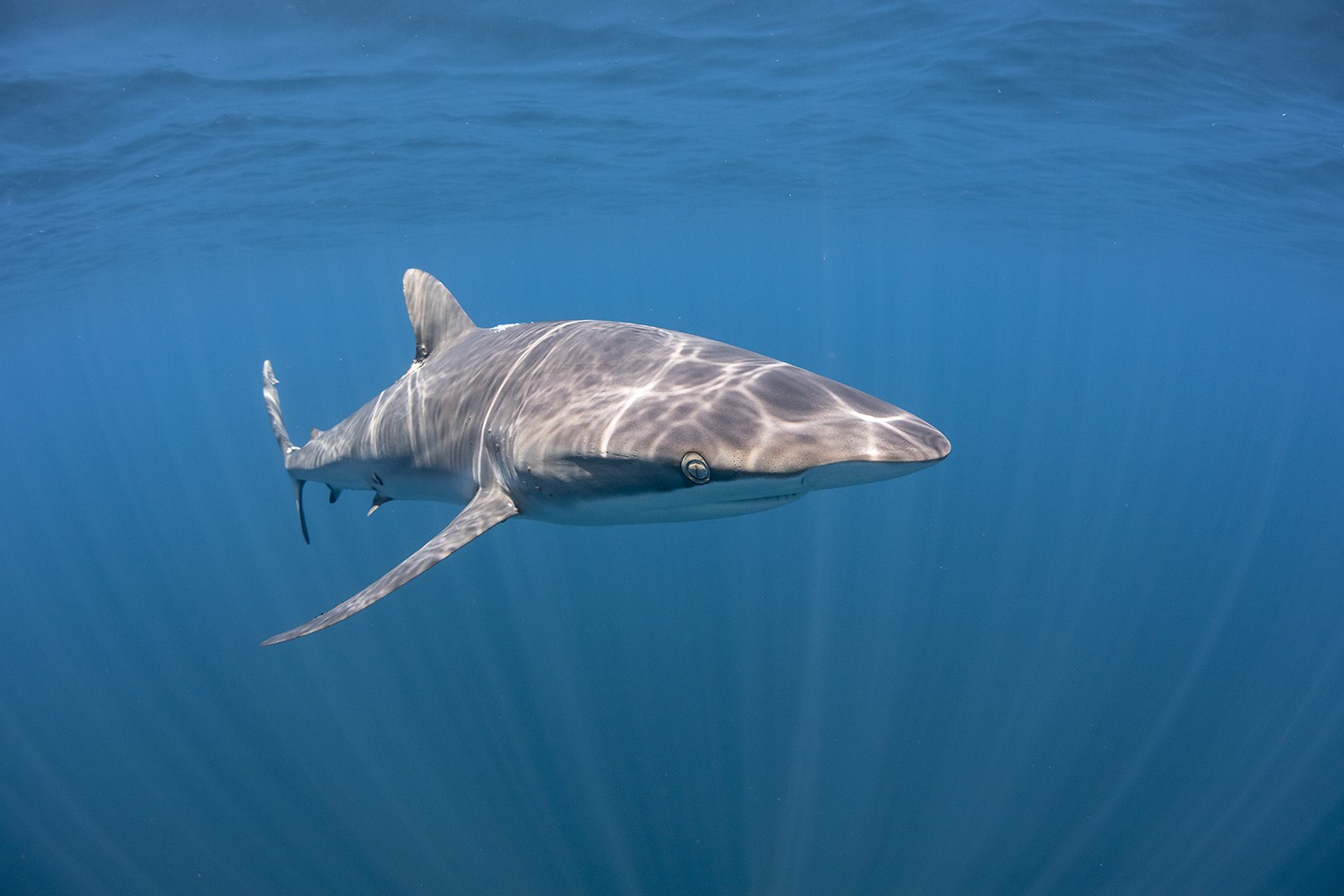

Introduction
The silky shark is found in all tropical and subtropical seas and oceans. This shark is among the fish most affected by overfishing. It is listed as vulnerable by the IUCN.
Who is it?
Morphology
-
Type
-
Average size200 cm
-
Maximum size260 cm
-
Longevity25 year
-
ShapeOval
-
Type
-
Average size200 cm
-
Maximum size260 cm
-
Longevity25 year
-
ShapeOval
How to recognize This fish ?
The body is elongated and slender, with a gray back and white belly. The head is pointed with a broad nose, the pectoral fins are long and triangular. The first dorsal fin is short, and its position behind the pectoral fins is characteristic of this species. An interdorsal ridge is present.
The caudal fin is heterocercal with a notch on the upper part.
The eyes are large, the teeth are oblique and serrated.
Sexual dimorphism
The male has a pair of claspers, reproductive organs resulting from the modification of the pelvic fins, used to fertilize the female.
Behaviour & Life cycle
-
dietcarnivorous
-
Sociabilitysolitary
-
territorialNo
-
Way of livingdiurnal
The silky shark is a solitary fish. It is a major predator in its habitat, feeding primarily on fish, mollusks, and crustaceans.
It is a fast, agile, and aggressive species.
Reproduction
-
Reproductionovipare
-
Migratory speciesYes
The silky shark is viviparous and seems to reproduce annually, without seasonality. The female gives birth to 2 to 15 pups ranging from 55 to 72 cm.
Risks for humans
-
VenomousNo
-
BiteYes
This species has a significant dentition and may bite if it feels threatened. It is important to be especially vigilant, particularly during dives or fishing sessions.
Origin and distribution

Conservation status of populations (IUCN)
What is its habitat?
Natural environment characteristics
-
Temperature24 - 28 °C
-
Depth1 - 500 m
-
EnvironmentActive pelagic
Biotope presentation
The silky shark is epipelagic, found both in deep water and near oceanic drop-offs and coastal areas. It is regularly seen among schools of tuna.
Species of the same biotope
To go further
Sources & Contributions
Participation & Validation
The Fishipedia team and specialist contributors are committed to providing high-quality content. However, although the information comes from scientific sources or testimonials from specialists, the cards may contain inaccuracies.

Adrien Falzon

Benoit Chartrer
Translation
Translation done with the valuable contribution of our translators, who make this information available to a wider audience. We sincerely thank them for their commitment.
Scientific partners
Tags
#Carcharhinidae
#Carcharhinus
#barrière de corail
#berge peu profonde
#épave
#estuaire
#fleuve
#mangrove
#plein eau
#récifs extérieurs
#rivière
#tombant
#zones côtières troubles
#shark
#Bay of Bengal
#Gulf of Mexico
#Persian Gulf
#Great Barrier Reef
#mer d'Oman
#Tasman Sea
#Caribbean Sea
#Philippine Sea
#Red Sea
#South East Asian Seas
#Indonesian seas
#Atlantic Ocean: North Coast of Brazil
#Océan Atlantique Est Afrique - Golfe de guinée
#Temperate Eastern Atlantic Ocean
#Océan Atlantique Est Afrique - Transition & Cap Vert
#Northwest warm temperate Atlantic Ocean
#Southwest warm temperate Atlantic Ocean
#Eastern tropical Atlantic Ocean
#Southwest Tropical Atlantic Ocean
#western Indian Ocean
#Galapagos
#Océan Pacifique Nord Est Tempere Chaud
#Océan Pacifique sud-est tempéré chaud
#Tropical Eastern Pacific
#Western Tropical Pacific Ocean
#Oceania
#Canary Islands
#French Polynesia
Species of the same family
Same genus
Species of the same biotope
